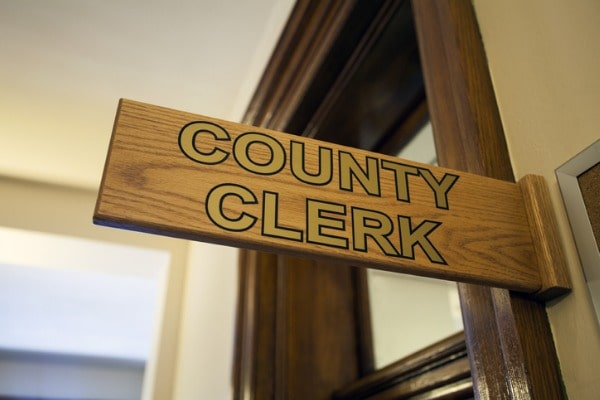How to File for Joint Custody
What parents can expect when filing for joint custody of a child.
- 3 min read
- custody
- family law

Joint legal custody means that both parents have the legal authority to make significant decisions on behalf of their child. Just because parents have joint legal custody does not necessarily mean they have to file for joint physical custody as well. Physical custody refers to where the child lives, so sometimes parents might share legal custody but not physical custody.
The preferred arrangement by most psychologists and law experts is for parents to share legal and physical custody of the child as long as their circumstances are free of significant conflict. Because child custody laws can vary by state, the process for filing joint custody papers may differ wherever you file. However, the one common thing you can count on wherever you file is a lot of paperwork. While the process can vary, there are three fundamental steps in petitioning for joint custody.

Step 1: File with the court
You first need to file a custody form with the court in your state. You must submit the forms to the court in the county where your child has primary residence. It’s a good idea to check with the Clerk of Courts to ensure you have all the paperwork required to file for joint custody, as most states often require parents to submit multiple forms. You can review and obtain most of the paperwork online, but it’s still worth a call to the Clerk to have them walk you through the process and give you a case ID number.
Once all the paperwork is complete, you will sign the forms, have them notarized, witnessed, and returned to the court. There are various fees for filing the paperwork. Depending on your court’s state or county, the costs for filing joint custody paperwork can be around a few hundred dollars or more. You may face more significant expenses if you work with a family law attorney to petition for joint custody.
To file for joint custody, you will also be required to provide a copy of your child’s birth certificate and other related documentation. Courts often request a parenting plan, also known as a custody agreement, which details parenting time, rights, and responsibilities. While it’s best to include helpful provisions from the start, you can modify your parenting plan as your situation changes.

Step 2: Serve the other parent
Serving the other parent with legal paperwork is one of the most common actions parents overlook in the divorce process. The parent who files the custody paperwork is responsible for “serving” or adequately notifying the other parent of the initiated child custody case. While it seems simple to alert the other parent, it’s not that straightforward.
You cannot serve the child custody papers yourself. A sheriff, process server, or friend or family member over 18 can complete this task for you. For the custody hearing to proceed, proof of service by the server must be filed with the Clerk’s office before the court date. The respondent can either acknowledge receipt of the papers or file a response that details their disagreement.
In some states, you can serve paperwork by mail when seeking joint custody. In this case, all papers should be sent by certified mail with tracking information and a return receipt requested. With these measures, you’ll have proof that the other parent has at least received the paperwork.

Step 3: Attend custody hearings
Once all the paperwork is filed correctly, the court will schedule your custody hearings. You must make sure you attend all of them, and you may choose whether to have legal representation.
During the custody hearings, one of the matters the court will address is your custody agreement. The court will make sure it’s comprehensive and agreeable to both parents. Ideally, you and your co-parent will have determined everything in the parenting plan before filing the paperwork, but that might not always be the case. Until both parents have created a mutually agreed-upon parenting plan, the courts won’t make a final determination on the joint custody filing.
Working with a mediator or arbitrator can be helpful if you and your child’s other parent are having difficulties negotiating items in your parenting agreement. It’s usually better for everyone involved if the parents agree on the parenting plan instead of forcing the judge to decide. The court also makes decisions about child support during the custody hearings.
Understanding how custody works is essential because it directly affects your responsibilities as a parent and the well-being of your children. Consider reviewing guides on custody and contacting an experienced family law attorney or the local bar association in your state to learn more about the process. If you’re concerned about the financial demands of working with a legal professional, there are free and low-cost resources that can offer the assistance you need.